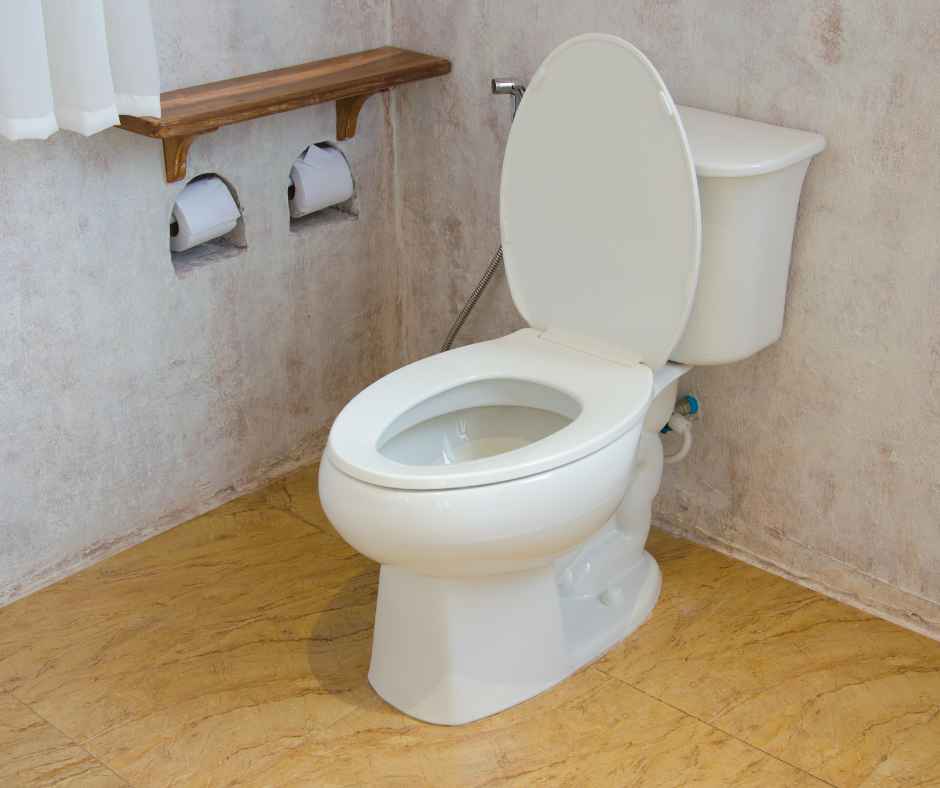the East Side & Beyond!
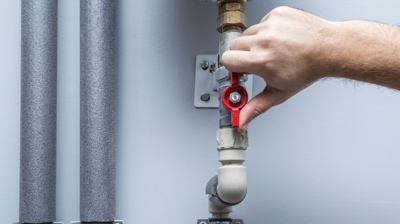
From Thawing to Blooming: How Spring Weather Affects Your Plumbing
April 26, 2023
As the cold winter months slowly fade away and the warmer spring weather arrives, it’s important to understand how the change in seasons can affect your plumbing system. From thawing pipes to blooming tree roots, there are several potential issues that can arise during the transition from winter to spring. In this blog post, we’ll share 5 essential spring plumbing tips to help you prevent costly repairs and keep your plumbing system in top shape.
1. Inspect for Leaks and Drips
Winter’s freezing temperatures can cause pipes to freeze and burst, leading to leaks and water damage. As temperatures rise and pipes begin to thaw, it’s crucial to inspect your plumbing system for any signs of leaks or drips. Check your faucets, showerheads, and exposed pipes for any signs of moisture or water damage. If you notice any issues, it’s important to address them quickly to prevent further damage and costly repairs. The Environmental Protection Agency estimates that household leaks can waste nearly 10,000 gallons of water each year, so fixing leaks promptly is essential for water conservation as well.
2. Clean and Maintain Your Sump Pump
Spring often brings an increase in rainfall, which can lead to flooding in your basement or crawl space if your sump pump isn’t functioning properly. To ensure your sump pump is ready for the increased water levels, perform regular maintenance by cleaning the pump, checking the float switch, and testing the pump’s operation. If you’re unsure about how to maintain your sump pump, consider contacting a professional plumber to ensure it’s in optimal working condition.
3. Clear Debris from Gutters and Downspouts
Spring’s blooming plants and trees can cause leaves, twigs, and other debris to accumulate in your gutters and downspouts. If left unchecked, this debris can lead to clogs and water damage to your home’s foundation. To prevent these issues, make sure to clean your gutters and downspouts regularly, especially after heavy storms. Additionally, ensure that downspouts are directed away from your home’s foundation to prevent water damage.
4. Check for Tree Root Intrusion
As trees and plants begin to grow in the spring, their roots can expand and infiltrate your home’s sewer lines, causing blockages and potential damage. To prevent tree root intrusion, have a professional plumber inspect your sewer lines for any signs of root growth. If necessary, they can use specialized equipment to remove the roots and prevent further damage to your plumbing system. The National Apartment Association recommends regular sewer line inspections to prevent costly repairs from tree root intrusion.
5. Install a Backwater Valve
Heavy spring rains can cause sewer systems to become overwhelmed, leading to sewer backups into your home. One way to prevent this messy and costly problem is by installing a backwater valve. This device allows water to flow out of your home while preventing sewage from flowing back in. A professional plumber can help you determine if a backwater valve is necessary for your home and install it correctly to ensure optimal protection.
In conclusion, taking the time to properly maintain and inspect your plumbing system during the spring months can save you from costly repairs and headaches down the road. If you need assistance with any of these spring plumbing tips, The Plumbing Joint Inc. is here to help. Our experienced team of plumbers can provide expert advice and services to ensure your plumbing system is in top shape for the warmer months ahead. Contact us today to schedule an appointment and let us help you keep your plumbing system running smoothly this spring.
Recent News
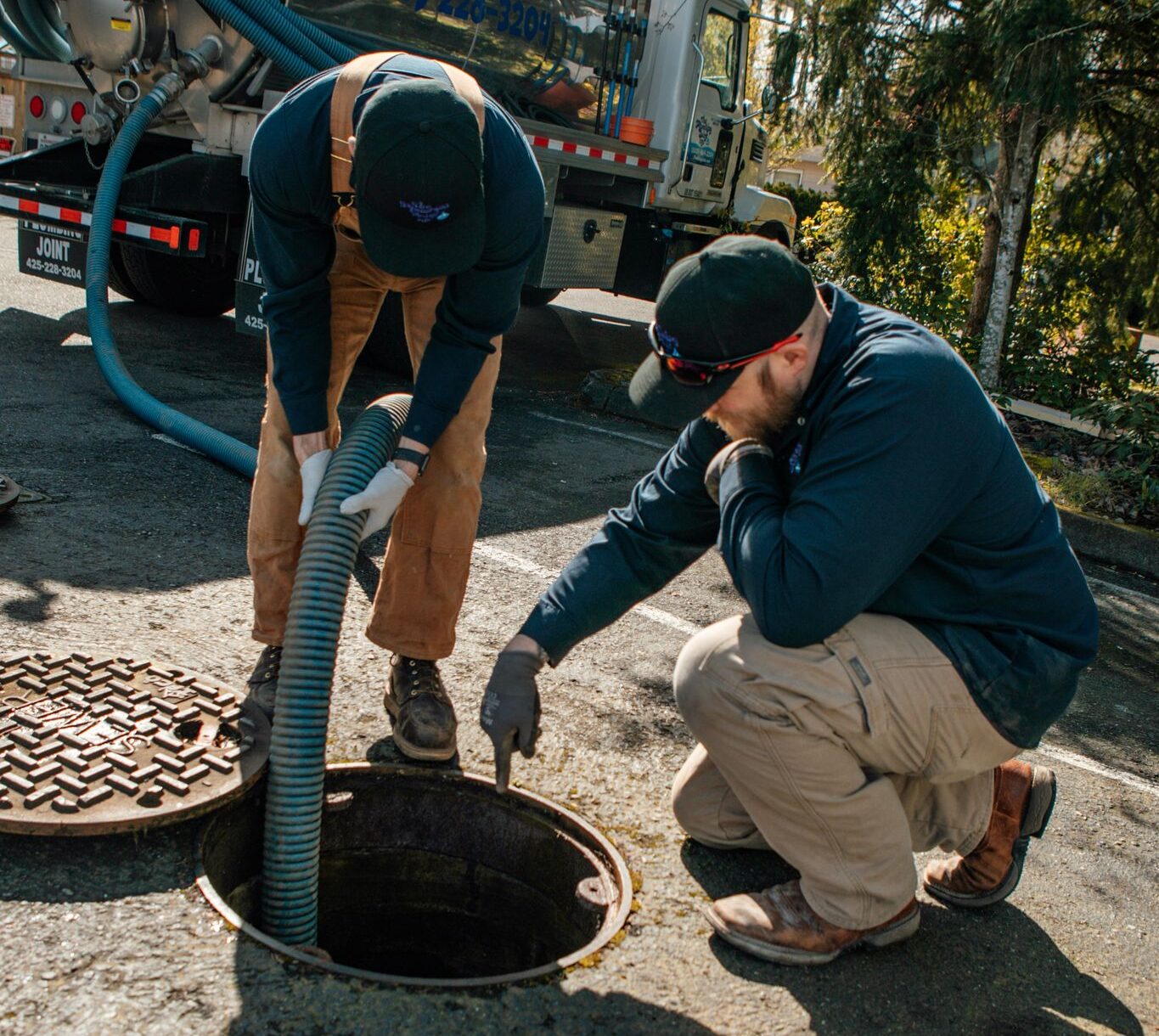
How To Spring Ahead of Plumbing Issues
March 11, 2025
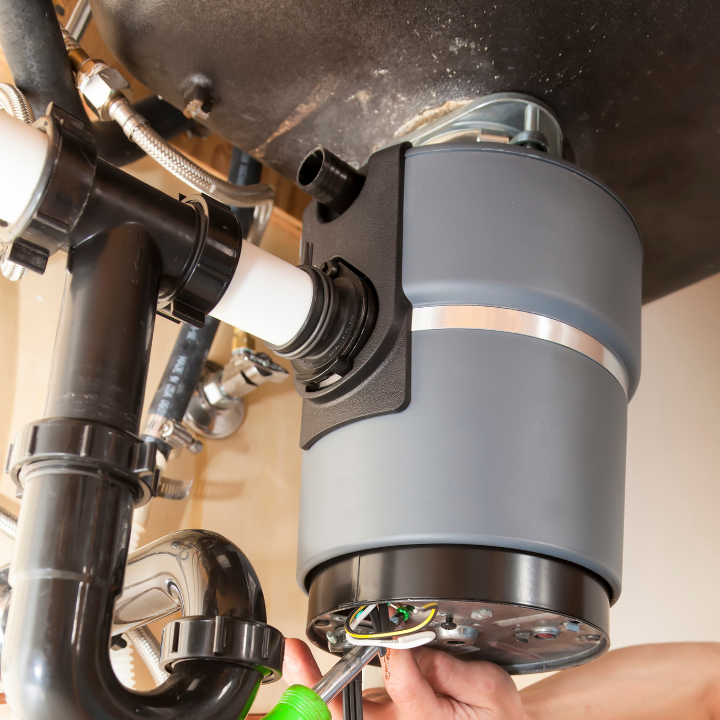
Help! My Garbage Disposal Is Humming But Not Working
February 7, 2025
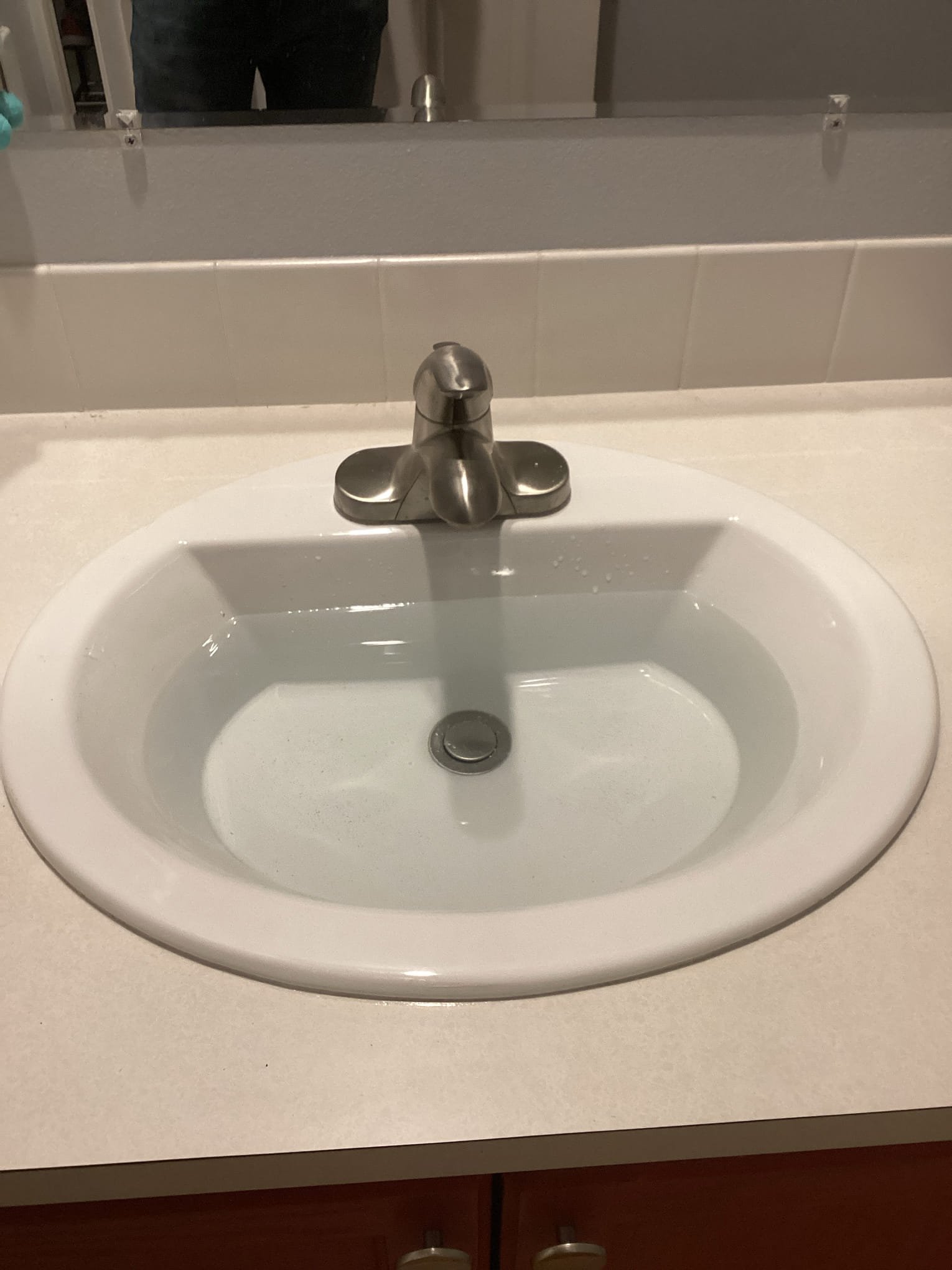
Why Does My Sink Gurgle?
January 10, 2025
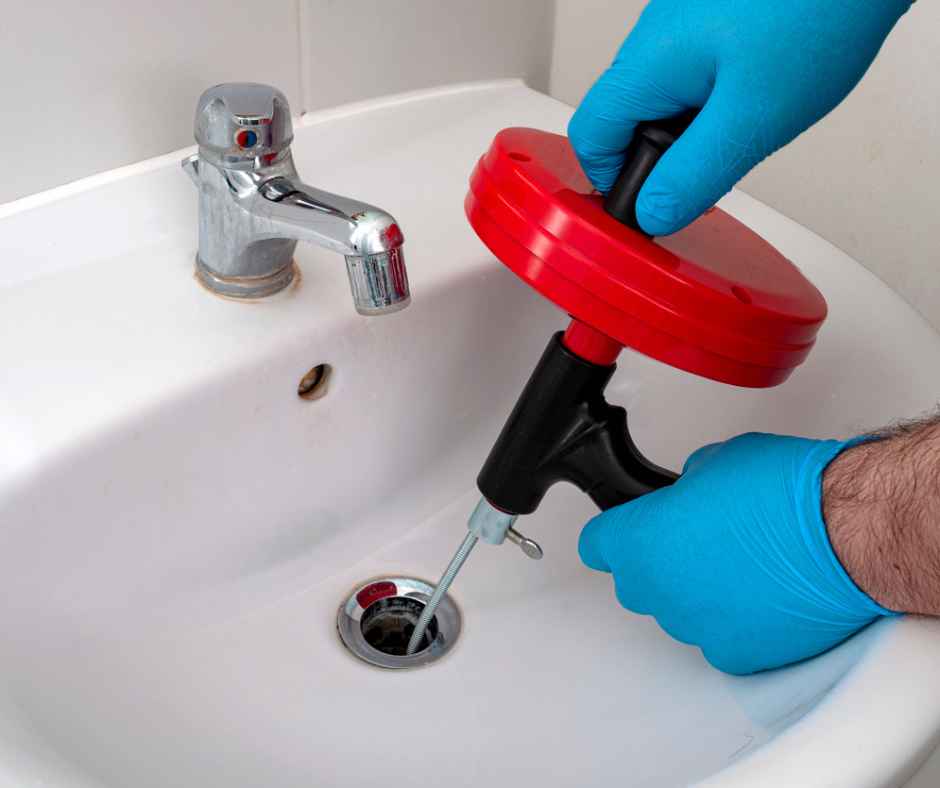
How to Use a Plumbing Snake
December 13, 2024
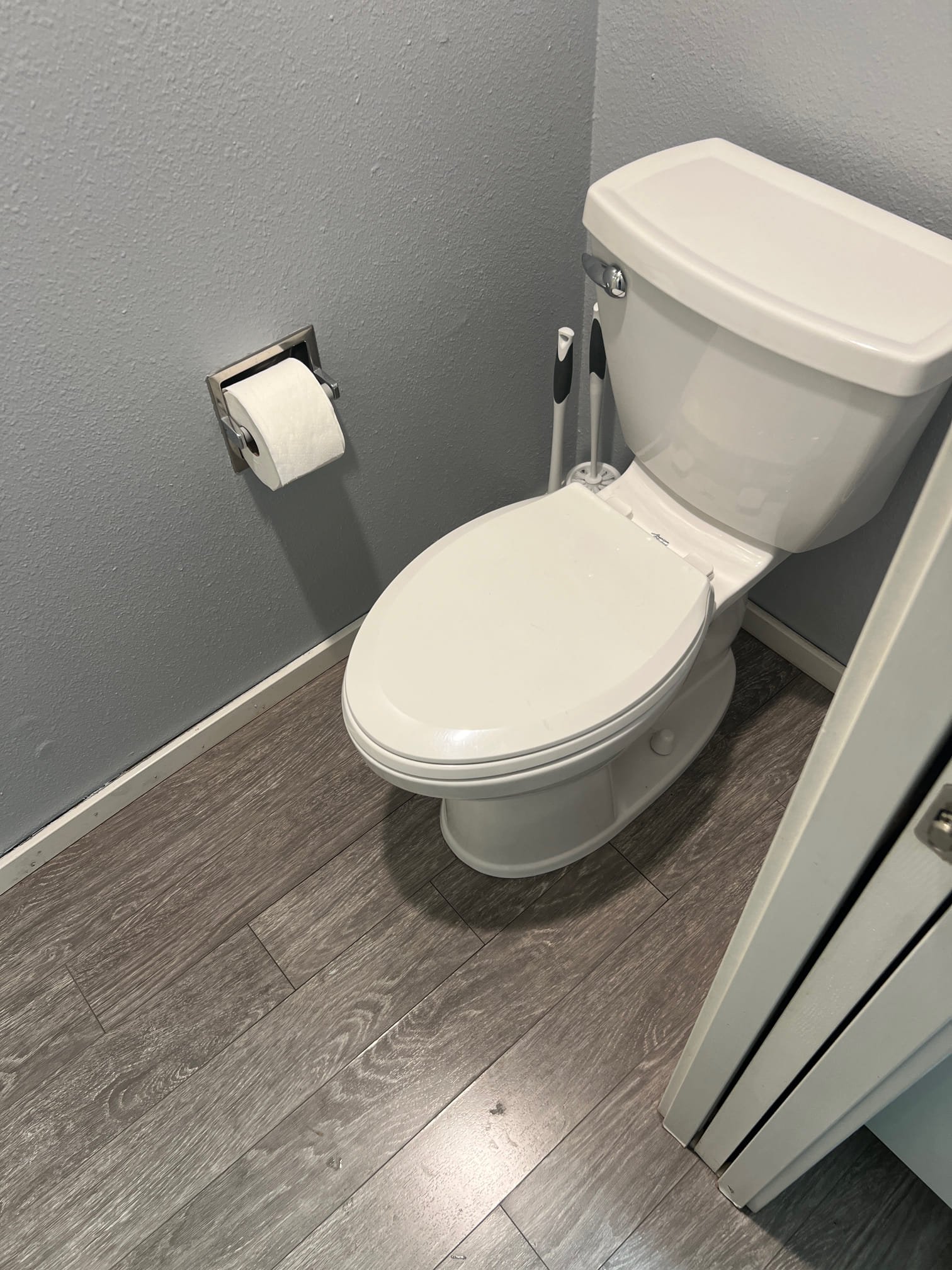
Toilet Sounds And What They Mean
November 7, 2024
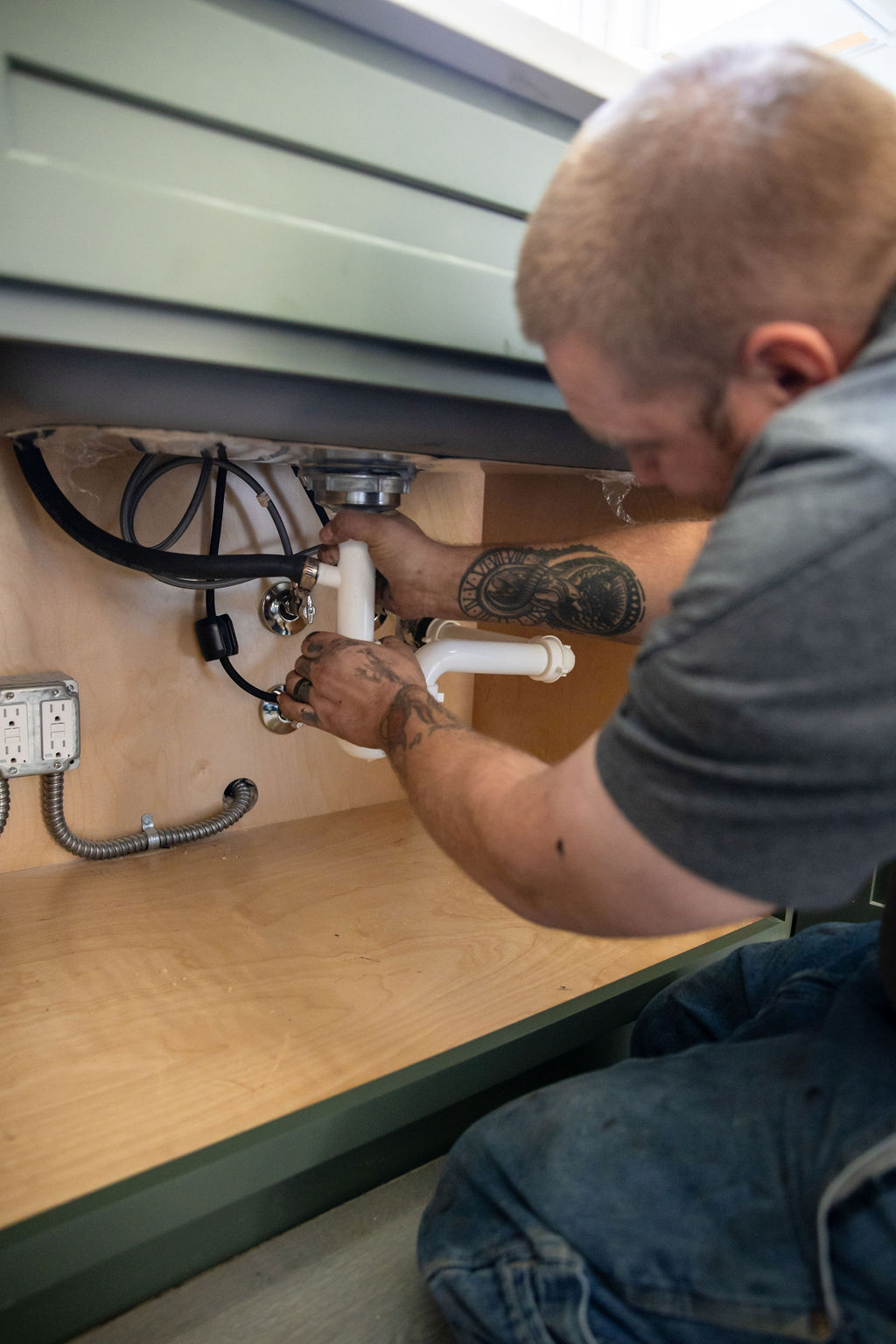
I Have Knocking Pipes When Water Is Not Running – Why?
October 10, 2024
